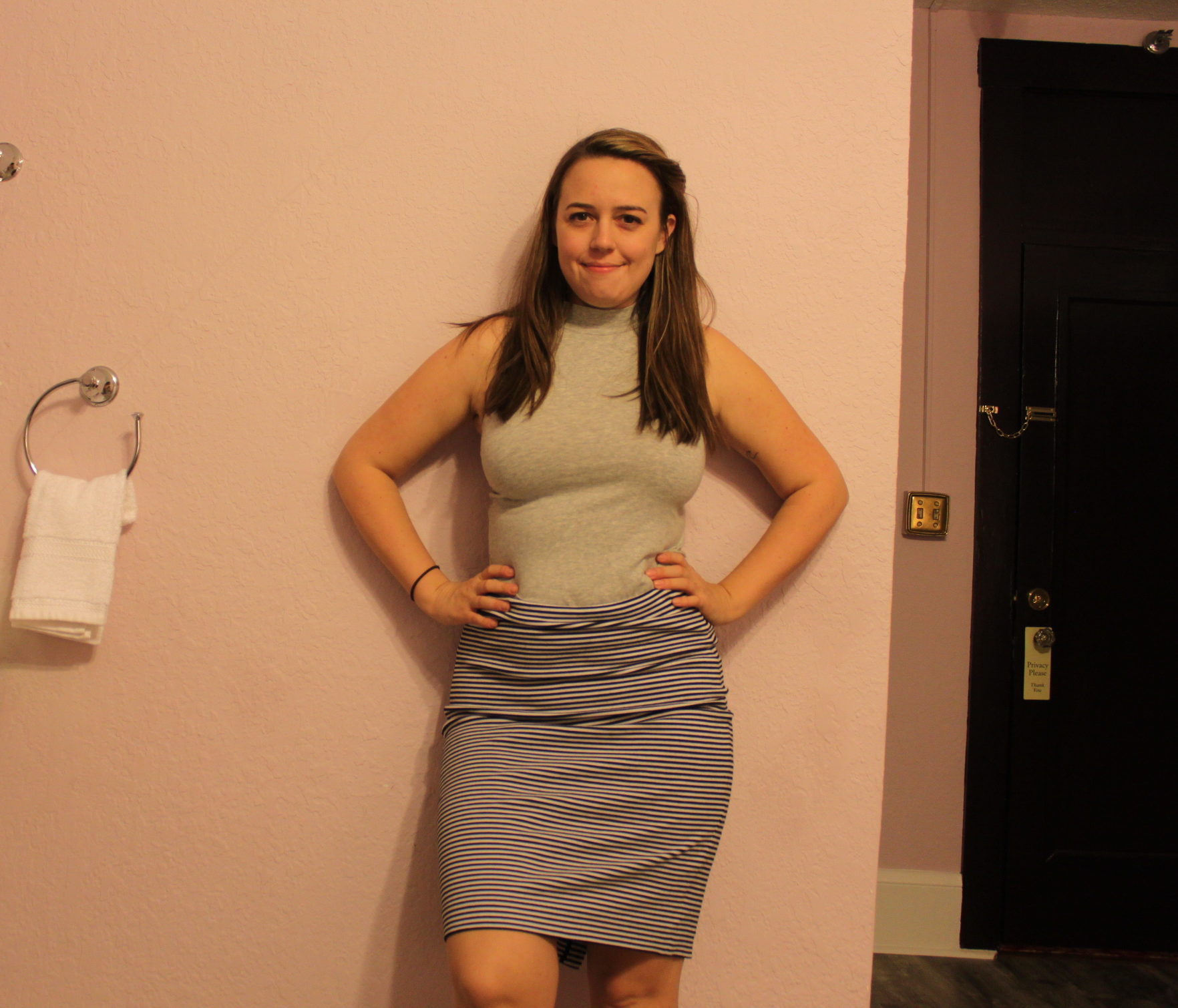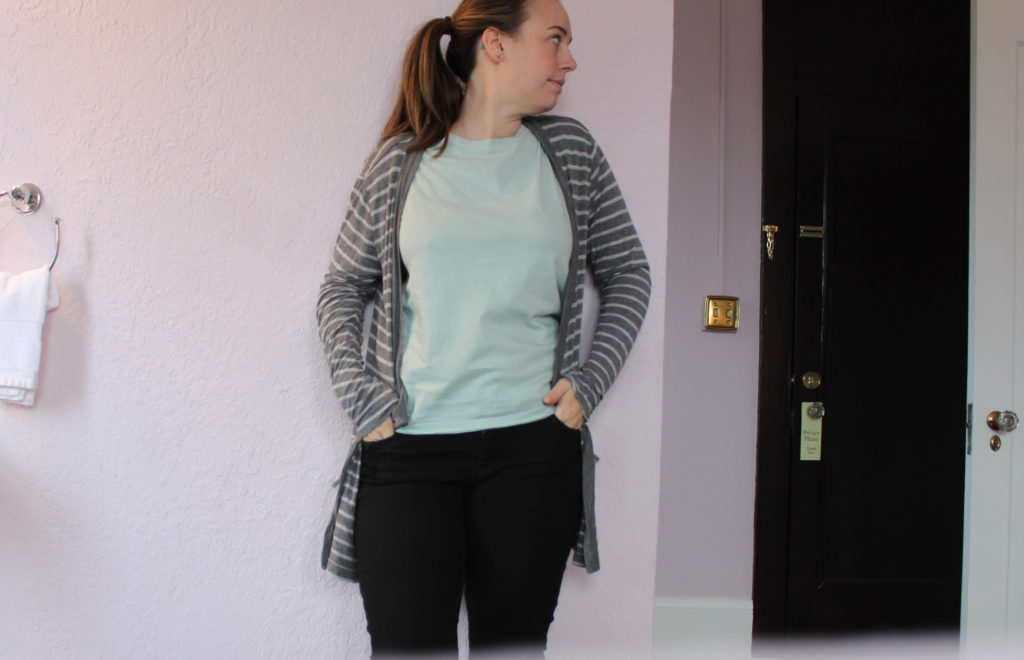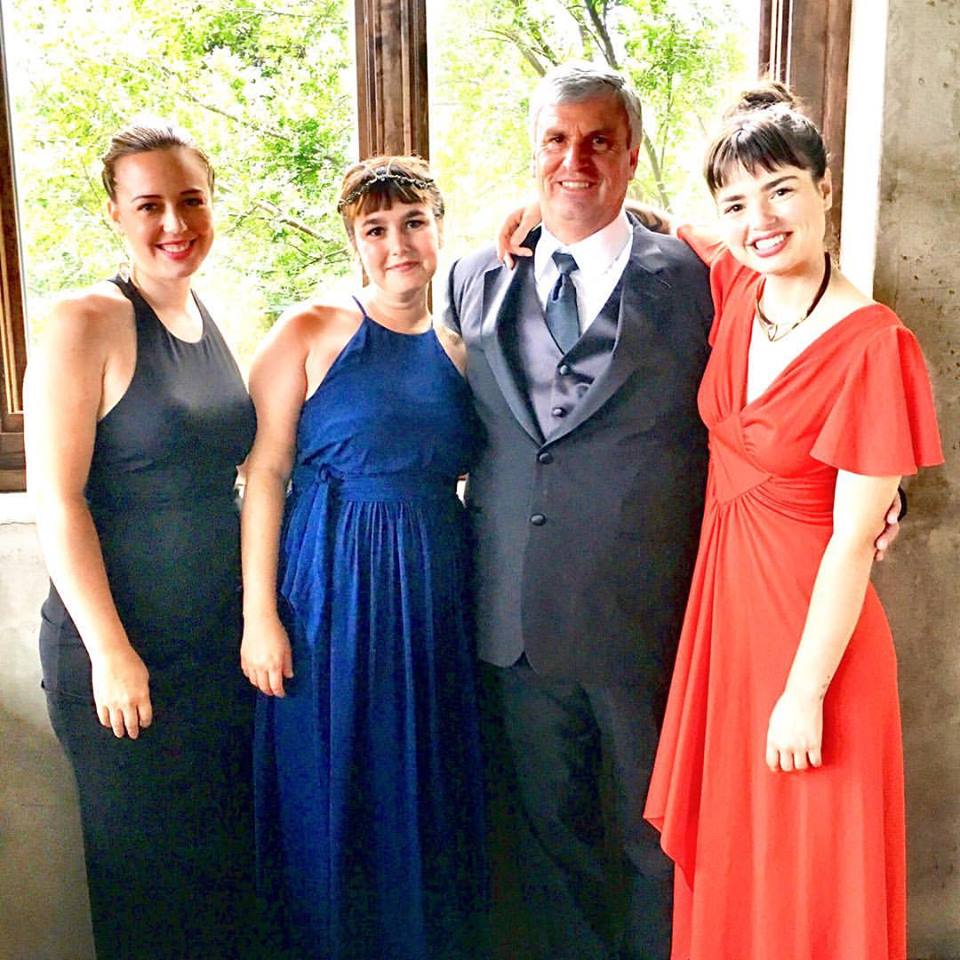I mostly write about travel, but I also think it’s important to talk about responsible elements of everyday life. In my travels, I’ve seen landfills that covered the sides of mountains, constantly smoldering from fires meant to destroy them, but they remain for years without biodegrading.
I feel like Instagram has only worsened this problem, encouraging people to buy more stuff. As I travel the world more, I realize how little I actually need. I’m not much of a fashionista anyway, sticking mostly to jeans and basic tops, but find that it is possible to be both stylish and responsible.
This post contains affiliate links that can earn this website a small income. They will not cost you anything to use.
How to Avoid Fast Fashion
Purge What You Don’t Need

The documentary Minimalism (currently on Netflix) certainly makes a case for the minimalist wardrobe. The capsule wardrobe concept has taken off, allowing you to have a few basic pieces that you can wear multiple ways. This is essentially what I’ve done, throwing on different accessories to make them look different.
Any time I get something new, I get rid of something else. Sometimes I sell the clothing locally, on Craigslist or Facebook, or donate. It can also be difficult to decide where to donate, because some organizations don’t use all of their donations or have ties to certain churches.
Ask around in your community to see what’s right for you. And don’t forget about homeless and womens charities like Dress for Success and Cinderella’s Closet.
Stay Away from Cheap Clothing

It’s easy to just pick up a cute outfit from a place like Old Navy or Forever 21. I’ve certainly been guilty of it. But while they have a low cost to you, there’s a human and environmental cost much greater.
Forever 21 has been investigated for sweatshop-like conditions in the United States and abroad, paying their employees $4 an hour. Gap and Old Navy also have been in the news for low wages in their factories in Bangladesh.
Buy Secondhand or Bulk
Like with adopting a pet from a shelter instead of a breeder, it’s more responsible to buy secondhand. Not only can you find items for cheaper, but you can sometimes find vintage luxury items. My sister has found at least six Coach purses for under $50 at thrift stores. Consignment and vintage stores are also good sources.
Something else to consider is warehouse sales. When a clothing company has too much inventory, they sell excess goods. I’ve been to Toms warehouse sales and picked up many pairs of shoes and bought basic tanks and tees at Alternative Apparel, a company based in Atlanta. Another favorite is Final Cut in Augusta, which receives clothing and home furnishings from Anthropologie’s brands.
Find Responsible Companies

You will eventually have to buy new items, especially if you have to dress up for work. So if you have to, buy from quality vendors that build items to last and care about their environmental impact. Encircled is one of my favorite brands, especially for travel, because they make products that can be worn many ways and that are made ethically in Canada.
Alternative Apparel has their headquarters in Atlanta and takes steps to limit their water use, employs organic and eco fabrics, and pays their employees worldwide a fair wage. Everlane sells basics like cashmere sweaters and tailored pants that are workday staples.
They donate money to charities on Black Friday instead of fueling the commercialism machine. Skip the hype of companies like Lululemon in favor of Outdoor Voices, which makes quality athletic attire from recycled polyester in factories that treat employees well.

Rent or Borrow for Special Occasions
Sometimes you will need something nice to wear for a wedding or other occasion. But who wants to buy a dress for $50-100 that you may never wear again? Instead, I try to find clothing elsewhere. First, ask around with your friends and family to see if anyone has one you can borrow.
People who attend galas or black tie weddings frequently usually do. If that doesn’t work out, Rent the Runway is your best friend. I’ve used it dozens of times, for everything from weddings to alumni events to birthday dinners. They have a wide range of styles and sizes, so you’re almost sure to find something that works. Don’t forget that they also have accessories as well.

Further Reading
- The slave labor behind your favorite clothing brands, Salon
- 13 Eco-Friendly Fashion Brands For A Cruelty-Free Closet, Buzzfeed
- The True Cost is a haunting documentary about the dark side of fashion.
- Good On You is an app that tells you how your favorite brands stack up in terms of social responsibility.



Love this post and want to thank you for the brand recommendations. This is something I want to work on but struggle with as it’s often so not transparent how brands operate, both in terms of ecology and employee treatment.